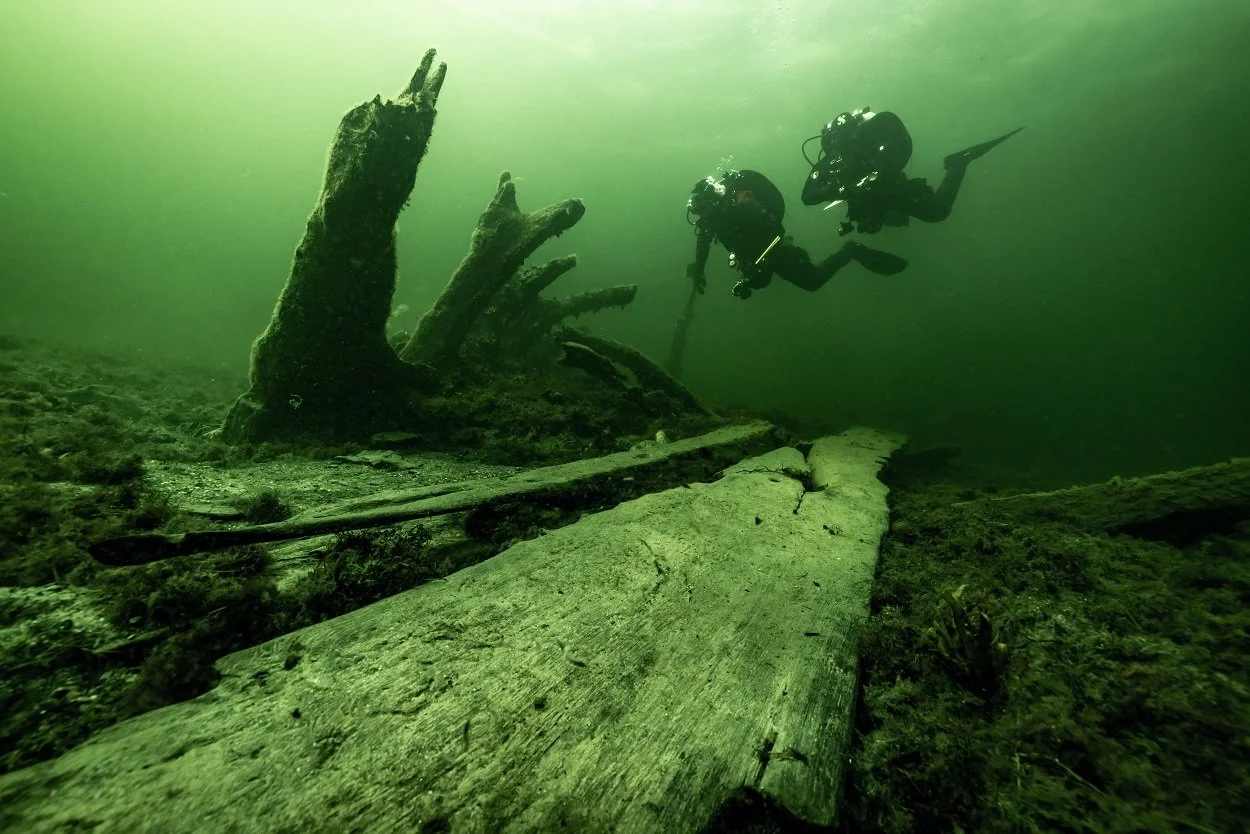Underwater archaeologists from Södertörn University, in collaboration with the CEMAS/Institute for Archaeology and Ancient Culture at Stockholm University, have conducted an investigation of the wreck of the royal flagship Gribshunden.
A diving club first discovered the wreck in the 1970’s at a depth of 10 m (33 ft), but unaware of the significance, the identity of the wreck wouldn’t be confirmed until 2013.
The wreck is internationally significant as the world’s best-preserved ship from the Age of Exploration – a proxy for the vessels of Christopher Columbus and Vasco da Gama.
The Gribshunden was the flagship of Hans (John), King of Denmark, which after a large explosion in 1495, sank at anchor near the town of Ronneby, Sweden.
The ship was enroute to Kalmar from Copenhagen and was carrying the king for a summit with the Swedish council. At the time of the explosion, the king was ashore and suffered no injury, however, one contemporary account records 150 crewman dying in the tragic accident.
The Gribshunden sunk to a depth of just ten metres, meaning that the rigging was still above the water level and was partially accessible. Salvers boarded the ship and used rudimentary diving equipment to salvage some of the high-status belongings of the king and retinue.
Underwater archaeologists have recently conducted a non-intrusive survey of the wreck site using photography and 3D photogrammetry. This has provided new data for a digital reconstruction of the wreck and further insights into the ship’s superstructure.
Furthermore, the survey has provided details into the armaments still onboard and the present state of preservation of the timbers from the wreck structure.
According to a paper on the study: “The main focus of the investigation concerned the ship’s superstructure, and it can be stated that there are a large number of timbers and building parts which, after further reconstruction and interpretation, will give a more detailed picture of the ship’s superstructure”.
Header Image Credit : Rolf Fabricius Warming
Sources : Stockholms universitet





